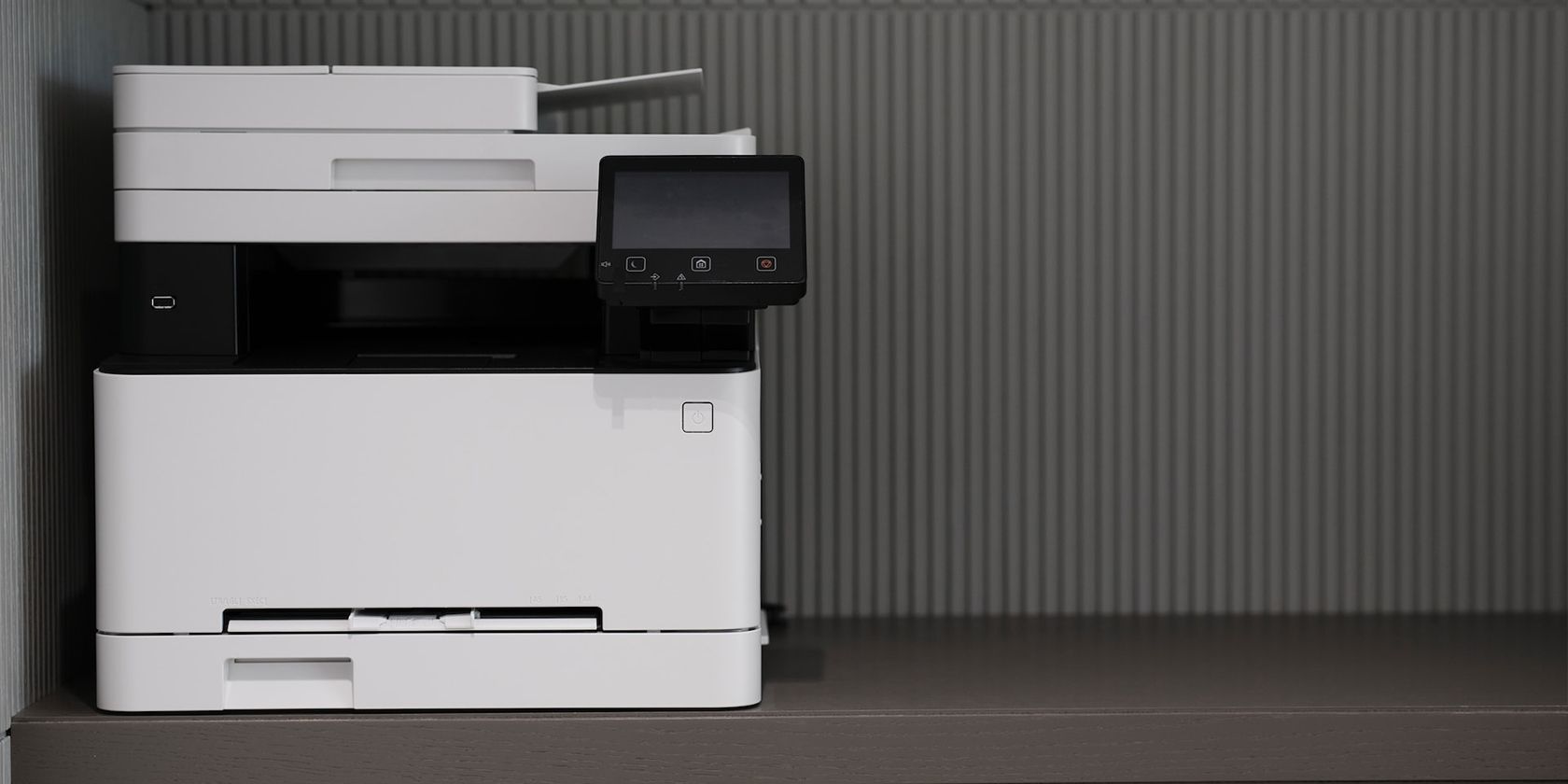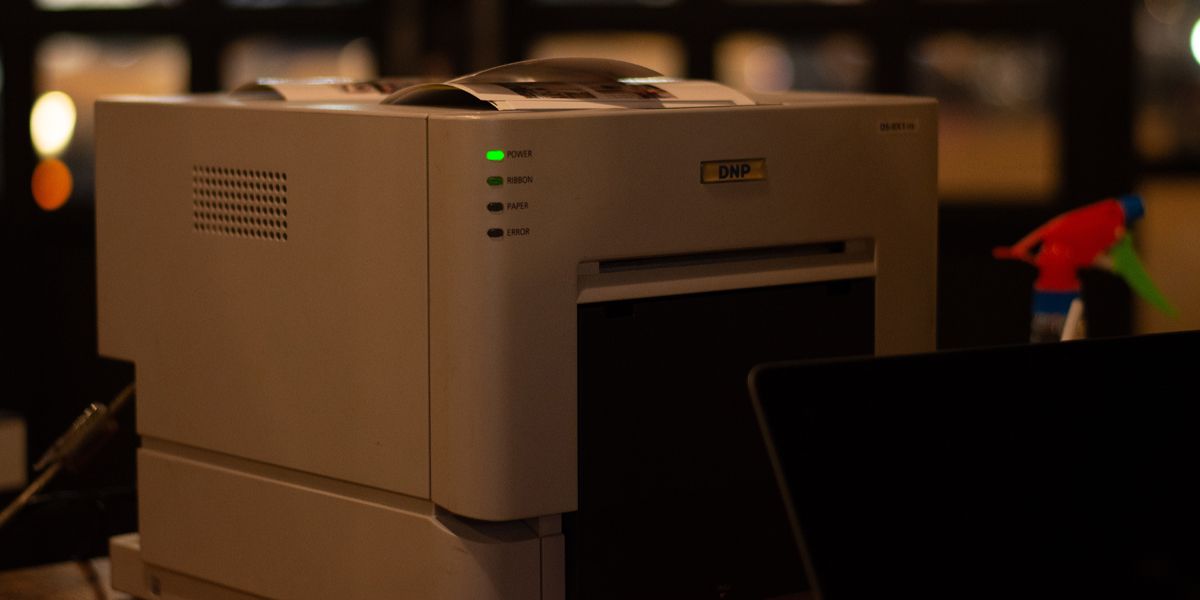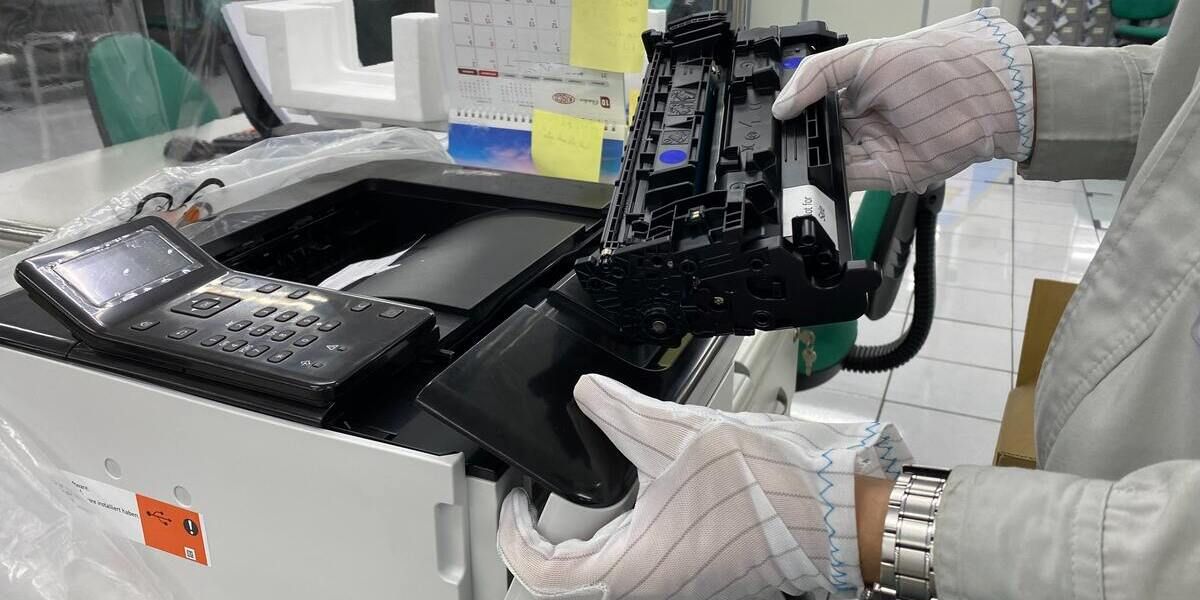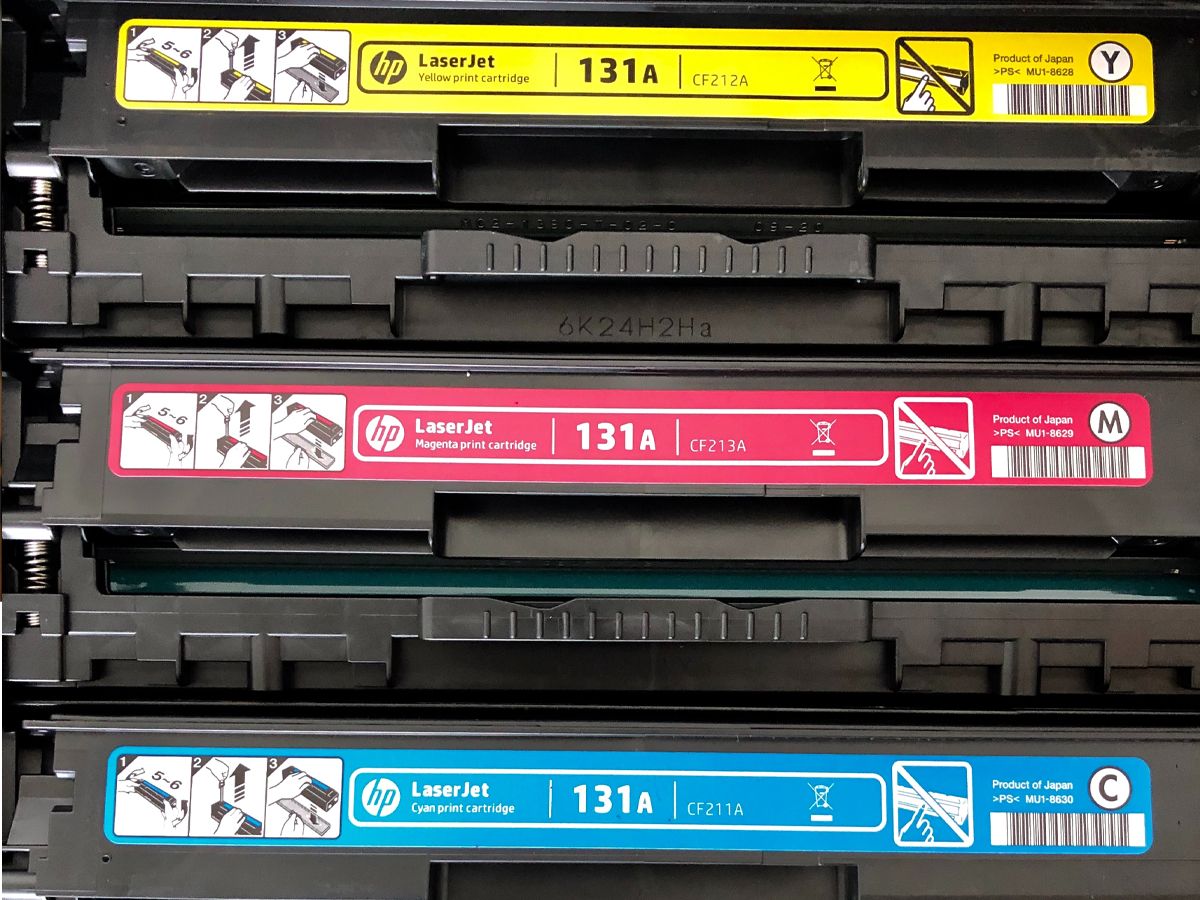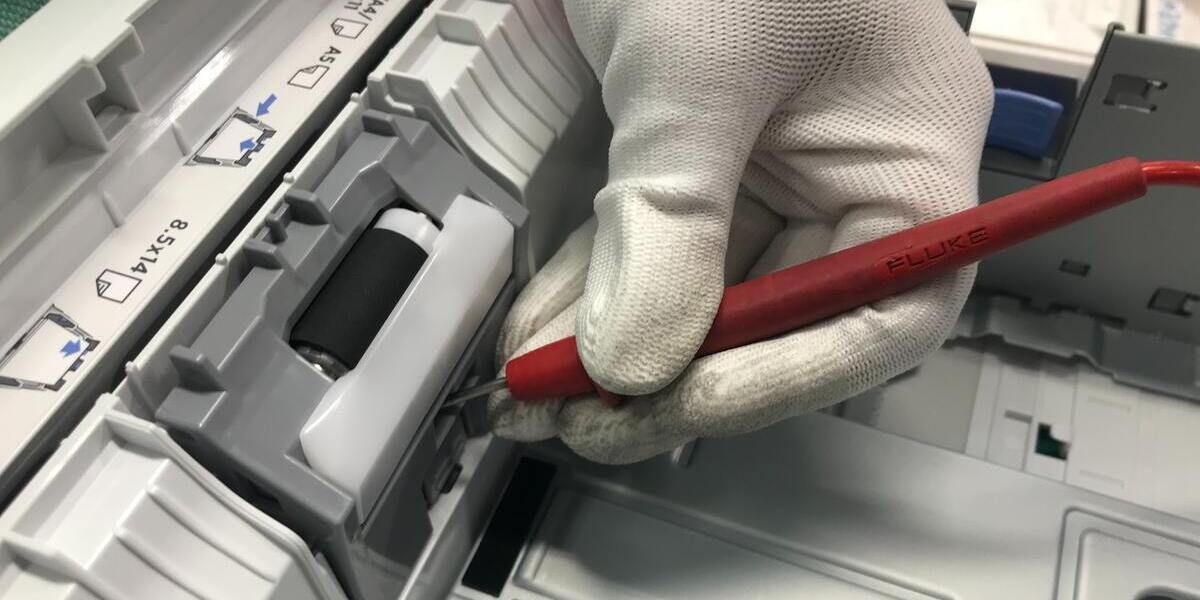In an ideal world, printers are convenient devices that work perfectly when you need them to—but perhaps we don't live in that world. If you have ever owned a printer, you know that they come with their fair share of frustrating issues. These issues go beyond just inconvenience as they also significantly impact the environment and our wallets.
It is highly unlikely that you've ever owned a printer that wasn't problematic. To explore why this is the case, let's consider why printers are so bad and look at some solutions that can make printers more sustainable and environmentally friendly.
The Problem with Inkjet Printers
Due to their affordability and versatility, Inkjet printers are the most popular printing devices nowadays, especially for home and small office use. However, these printing devices are also known to be the most problematic.
Here are a few common issues with these printers:
- Low Ink: Inkjet printers mostly utilize ink cartridges that are quite expensive and must be replaced frequently. On top of that, ink always seems to run out sooner than expected.
- Paper Jams: If the paper isn't loaded properly in the inkjet printer or there is a problem with the rollers, it can lead to paper jams which can be time-consuming and frustrating to fix. Corrupt drivers: Printer drivers are prone to corruption, resulting in printing failure. This can be hard for users to fix who don't have the technical skills to troubleshoot driver issues.
- Print Quality: Inkjet printers require regular maintenance, and print quality starts to decline if you ignore this. For example, a clogged printhead can result in the printer printing blank pages, streaks, and smudges.
So, an obvious question needs to be answered here—why are these problems so common? Well, most of it comes down to poor software, complex designs, and, worst of all, planned obsolescence.
Planned Obsolescence
Printers are often sold at a loss to the manufacturer, expecting the profit to be regained through the sales of expensive cartridges. This business technique is known as the razor and blades business model, where razors are sold cheaper than their replacement blades.
Some manufacturers design their printers to work only with proprietary ink cartridges, so the user is bound to purchase more expensive cartridges from the manufacturer rather than cheaper third-party alternatives.
Another practice printer manufacturers perform to increase their profits is planned obsolescence, where products are designed to degrade and break, forcing you to buy the same product over and over again. For example, many smartphones are designed with non-replaceable batteries that degrade over time, necessitating the purchase of a new device as performance diminishes. And before you say we need to adjust our tin-foil, the iPhone Batterygate scandal was a very real issue.
Similarly, when it comes to printers, you could face planned obsolescence in the shape of errors/faults that seem to have no fix. Or, if any, a fix that costs just as much as a new printer, ultimately forcing you to purchase a new one.
Printers vs. Right to Repair
The right-to-repair movement is all about making products easier and cheaper to repair. You can imagine how planned obsolescence is a major roadblock to that philosophy. Printers are often designed with parts that are difficult to access, making it difficult to diagnose and fix any problems.
Many printers also lack detailed repair documentation or schematics. While there are videos and tutorials that you can use for troubleshooting, the process varies from model to model. All that time spent searching for the right tutorial can be avoided if manufacturers incorporate a better after-sales service.
Another issue is that most printers use propriety parts that are hard to replace or repair. You can buy certain third-party parts, but there's no guarantee they'll work properly in the long run. Some of these parts result in better performance, but only authorized dealers have access to replacement parts, which is frustrating.
The Environmental Impact
Printers are not user-friendly, and this anti-consumer approach greatly impacts the environment. Ink cartridges pose the most significant environmental risk, with consequences ranging from landfill waste to resource depletion and pollution.
Each year millions of ink cartridges make their way to landfills. The decomposition process is incredibly long, and they release harmful chemicals into the soil and groundwater. As printers are thrown away, the manufacturing process of new models every year unnecessarily wastes a lot of resources.
The worst part is that companies have been getting away with these practices for a long time. Unfortunately, this won't change without proper control and regulation.
Solutions to Improving Printers
While printers seem hell-bent on frustrating you, the situation could improve if regulatory bodies pay attention. Certain regulations and restrictions need to be imposed on these manufacturers, so planned obsolescence can go away or at least be curtailed. This is the only way to make printers sustainable.
Here are some ways by which regulations can eliminate this problem for good:
- Transparency: Regulations can require manufacturers to be more transparent about the lifespan or reparability of their products. For example, manufacturers can provide information about how easy or difficult it would be to repair them.
- Extended Warranties: Manufacturers could be mandated by regulations to provide longer printer warranties, encouraging them to produce more durable and long-lasting products.
- Right to repair: Regulations could require manufacturers to make repair manuals and replacement parts available to consumers for self-repair. This would ensure consumers have access to the necessary tools, parts, and information needed to repair their printers, which could extend the lifespan of printers.
- Recycling programs: Implementation of recycling programs by the manufacturers could be enforced by regulations, so printers are disposed of responsibly.
The Current State of Printers Is Disappointing
While printers revolutionized the spread of information, they have become a problematic and unsustainable technology. Planned obsolescence, greed, and anti-consumer practices have turned them into nothing more than a source of frustration. These practices not only impact consumers financially but also contribute to environmental degradation.
However, with the implementation of certain regulations, there is still hope for a sustainable and environmentally friendly future for printers. This will only happen when regulatory bodies take the issue seriously.

